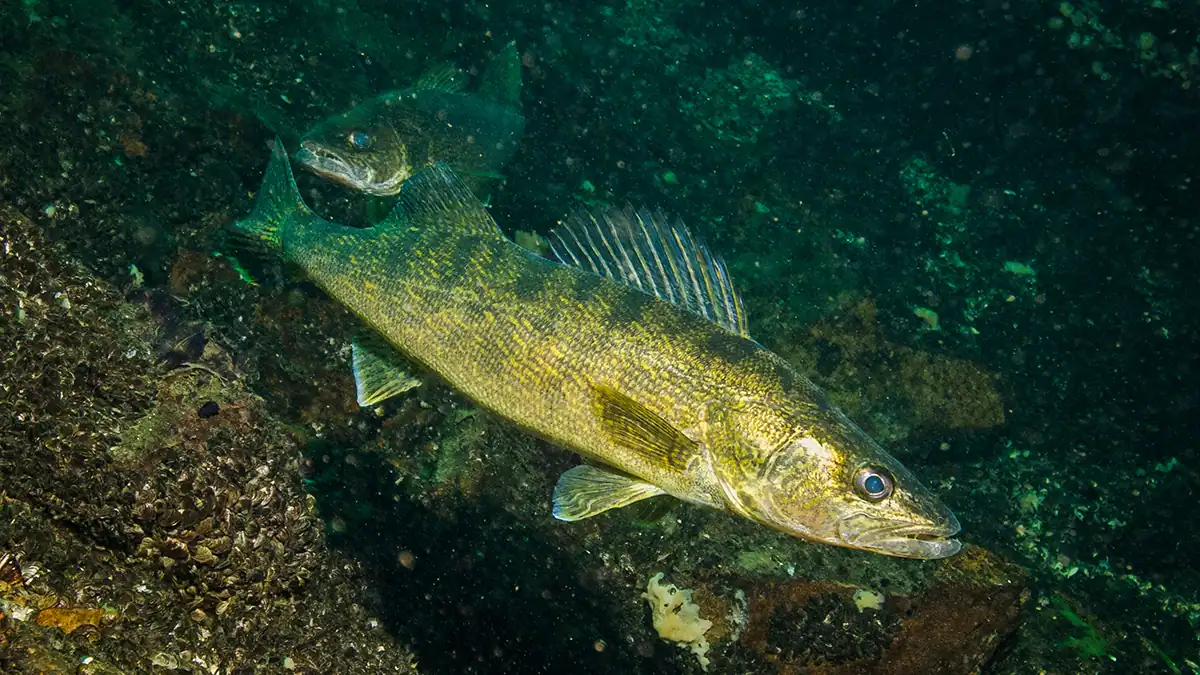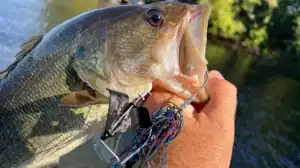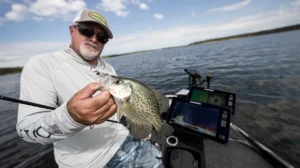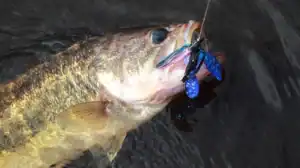You’ve heard the stories about how many gamefish are home bodies. They find water where they feel comfortable and seldom stray far from that spot.
But that’s not always the case. Particularly in river systems, there are always individuals that get wanderlust. Take it from Larry Tressler, an avid fisherman from Maryland.
On a warm August morning, he caught a 17-inch walleye while wading the Monocacy River in northwest Maryland. After finding that the male fish had a tag attached to it, he copied down the information on reporting the fish, then released it.
What he found from fisheries biologists with the Maryland Department of Natural Resources shocked him.
One Walleye’s Wild Ride
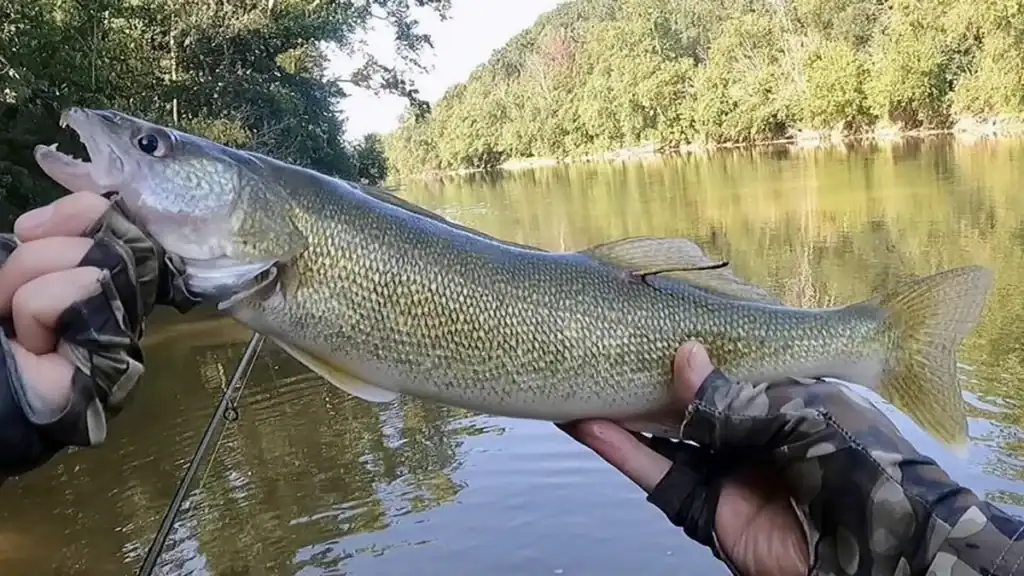
“This guy has had an amazing year and has been on quite the adventure.,” said Tressler, who lives in Ijamsville, Md. “He was a real traveler.”
The fish’s adventure began on March 10 when it was caught by fisheries workers doing an electrofishing survey below Dam 4 on the Potomac River. It was then transported by truck to Joseph Manning Hatchery in Brandywine, Md., 110 miles away.
There, the male walleye was paired with a female to spawn in a controlled setting. After spending three weeks at the hatchery, the fish and the fingerlings it helped conceive were transported back to the waters below Dam 4.
The walleye didn’t choose to stay put, though. It swam 40 miles down the Potomac, took a left into the Monocacy and travelled another 10 miles until it crossed paths with Tressler on Aug. 4.
Tressler was wading and casting a swimbait into a deep hole when the fish hit.
“For the most part, the Monocacy is a shallow, rocky river, but it has some deep holes,” he said. “I think he found a nice hole with some cooler water and a lot of food and just settled there. Still, I was fascinated that it could travel that far in a relatively short amount of time.”
Michael Kashiwagi, a freshwater fisheries regional manager for the DNR, was also surprised that the walleye would travel that far.
“We tagged 106 adult fish, and most of the tag returns called in were from fish caught in the Dam 4 area,” he said. “But at least three others travelled a decent distance. They were probably looking for some deeper habitat that had springs or seeps to cool the water and plenty of food.”
A Musky on the Move
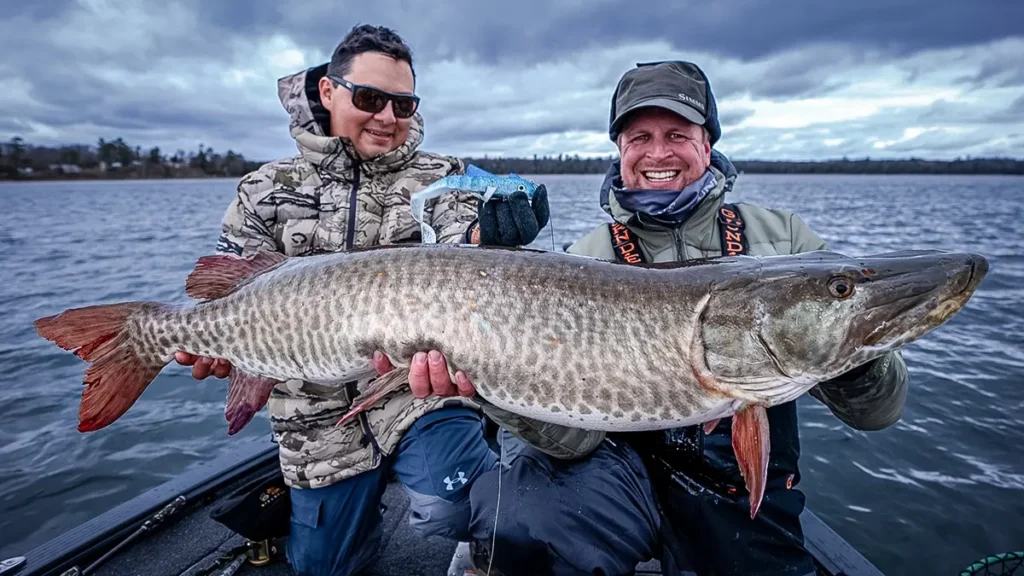
That wasn’t the first time Kashiwagi has seen fish in the Potomac River travel great distances to find better summer habitat.
“We did a radio telemetry study to track muskies that were stocked in the Potomac, and we found they would travel 15 miles or more to find tributaries with springs in them,” Kashiwagi said.
Last March, Tressler caught and released one of those muskies—a giant that measured 44 inches and weighed 30 pounds.
“I don’t know what that fish was doing in the Monocacy,” he said. “It took a wrong turn somewhere.”
Other Distant Travelers
Fishermen elsewhere also have experienced fish that are long-distance travelers.
David Magness, a guide on the Mississippi River, was amazed at how far one blue catfish he tagged for a Mississippi Department of Wildlife, Fisheries and Parks study swam.
“I tagged a fish in the Tunica, Mississippi area,” he said. “Six months later, that fish was caught by someone fishing in the St. Louis area. That’s 449 navigational river miles. Just amazing.”
That fish’s journey wasn’t an isolated incident, Magness said. Other fish he tagged were caught 165 and 85 miles from the place where he first encountered them.
Paddlefish are known for similar long-distance travels. Missouri researchers found that one paddlefish that was equipped with a radio transmitter travelled 280 miles through three river systems. The reason for its long journey? A spawning run.
Meanwhile, back in Maryland, a study to analyze the habits of walleyes that are stocked in the Potomac is producing some surprising findings.
“Bottom line, some of these fish are making big movements that we didn’t know about,” Kashiwagi said.
